Opening a lockbox without the code can present a challenge, but there are several methods to regain access depending on the type of lockbox you’re dealing with. This article aims to provide a comprehensive guide on how to open a lockbox without the code. Whether it’s a manual combination lockbox or an electronic keypad lockbox, losing or forgetting the code doesn’t have to mean permanent lockout.
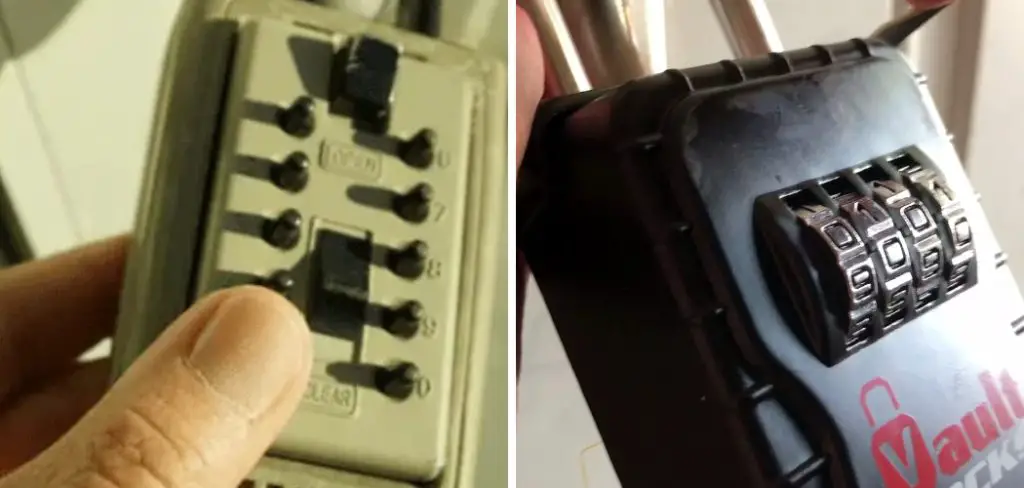
For manual lockboxes, techniques like using common default codes or systematically testing possible combinations can sometimes work. Electronic lockboxes may offer options like using a bypass key or contacting the lockbox manufacturer or service provider for a master code or override solution. Each method requires careful consideration of the lockbox’s design, security features, and the importance of respecting the owner’s privacy and security.
This article explores practical strategies and considerations for safely opening a lockbox without the code, ensuring you can retrieve your belongings or complete your task efficiently and respectfully.
Importance of Ethical Considerations and Legal Implications
When attempting to open a lockbox without the code, it is crucial to weigh the ethical considerations and legal implications involved. Accessing someone else’s lockbox without permission can be considered illegal and unethical, potentially leading to criminal charges. It is paramount to ensure that you have the rightful authority to open the lockbox, such as being the owner or having explicit permission from the owner.
Ethical behavior in these situations upholds trust and respects privacy. Moreover, adhering to legal guidelines prevents potential repercussions, including fines or imprisonment. Always prioritize securing proper authorization and consider contacting the lockbox manufacturer, a professional locksmith, or legal authorities if you’re unsure about the legitimacy of your actions.
This approach not only safeguards you from legal troubles but also preserves the integrity and security of the lockbox contents.
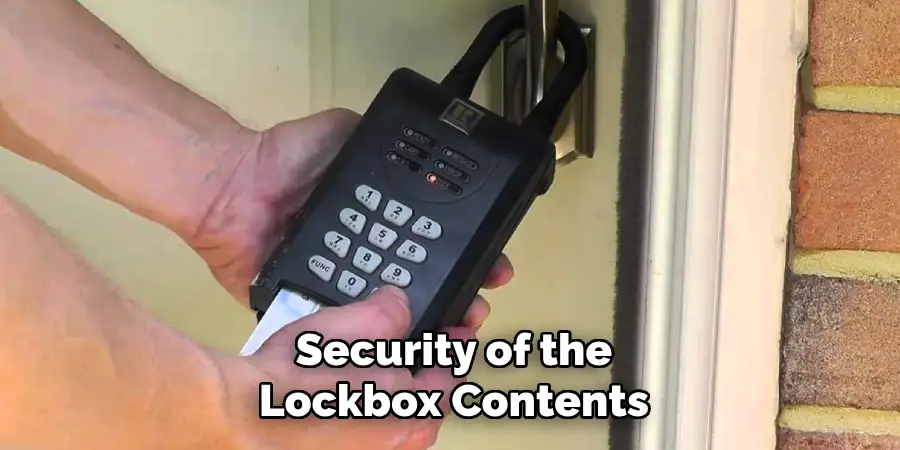
Understanding Different Types of Lockboxes
Lockboxes come in various designs and mechanisms, each suited for different security needs and usage scenarios. Broadly, they can be categorized into manual combination lockboxes, electronic keypad lockboxes, and key-based lockboxes.
Manual Combination Lockboxes
Manual combination lockboxes typically feature a rotary or push-button mechanism requiring a specific sequence of numbers or letters to unlock. These are favored for their simplicity and ease of use, commonly found in residential settings for securing keys or small valuables. Despite their reliability, they depend heavily on the user remembering the code, making it imperative to store the combination in a secure but accessible location.
Electronic Keypad Lockboxes
Electronic keypad lockboxes boast enhanced security features and flexibility. Users set a numeric code entered via an electronic keypad, often with added functionalities like temporary access codes or remote operations. These lockboxes are popular in commercial and high-security environments due to their adaptability and advanced technology. However, they are prone to electronic malfunctions and require regular battery maintenance.
Key-Based Lockboxes
Key-based lockboxes operate using a physical key to unlock the storage compartment. These lockboxes eliminate the need for memorizing codes, offering a straightforward and dependable option for securing items. They are widely used in situations where multiple users need access or for those uncomfortable with digital interfaces. The primary disadvantage is the risk of losing the key, which can render the lockbox inaccessible without professional assistance.
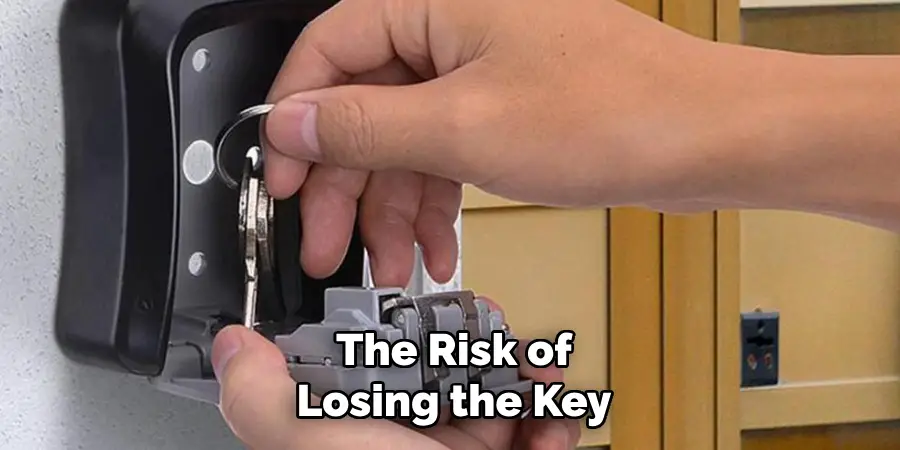
10 Methods How to Open a Lockbox without the Code
1. Using a Shim
A shim is a thin piece of metal that can be used to manipulate the locking mechanism inside the lockbox. To use a shim, insert it into the gap between the shackle and the lock body. Wiggle and push the shim downward while trying to pull the shackle upward.
This process requires patience and precision as you attempt to bypass the locking mechanism. Shimming can be effective on certain types of lockboxes but may not work on more secure models. It’s a delicate process, and using a shim improperly can damage the lock.
2. Lock Picking
Lock picking is a method that requires skill and patience but can be effective for opening a lockbox. You’ll need a tension wrench and a lock pick. Insert the tension wrench into the bottom of the keyway and apply slight pressure. Then, use the lock pick to manipulate the pins inside the lock. Gently lift each pin to the shear line while maintaining tension.
Once all the pins are set, the lock should open. Lock picking requires practice and an understanding of how locks work. This method is less likely to damage the lock compared to others.
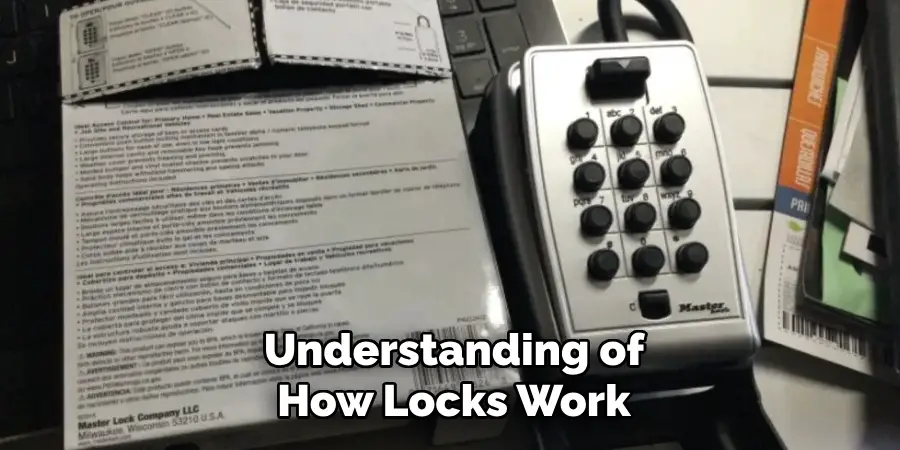
3. Using a Magnet
In some cases, a strong magnet can be used to manipulate the internal components of the lockbox. Neodymium magnets are particularly powerful and can be used to disengage the locking mechanism. Place the magnet on the outside of the lockbox, near the locking area.
Move the magnet around while gently pulling on the lockbox door. If the magnet aligns with the internal locking mechanism, it might release the lock. This method is not guaranteed to work on all lockboxes, but it’s worth trying as a non-invasive option.
4. Decoding the Combination
Decoding the combination involves systematically testing possible combinations until the correct one is found. Start by feeling for any slight clicks or resistance in the dials as you turn them. Begin with the first dial, turning it slowly and feeling for a subtle change. Repeat this process with each subsequent dial. This method can be time-consuming, especially for lockboxes with multiple dials, but it’s non-destructive and can eventually lead to the correct combination.
5. Using a Reset Lever
Some lockboxes have a reset lever inside that allows you to set a new combination. If you can access the internal mechanism, you might be able to use this lever to reset the code. To find the reset lever, open the lockbox’s battery compartment or any accessible panel. Once located, follow the manufacturer’s instructions for resetting the combination. This method requires some knowledge of the lockbox’s internal design and is best suited for electronic lockboxes with reset capabilities.
6. Applying Light Pressure and Listening
This method involves applying light pressure to the lockbox’s shackle or door while turning the dials. By applying consistent pressure, you might be able to feel or hear slight clicks as the correct numbers align. Start by turning each dial slowly while maintaining pressure. Listen carefully for any subtle changes in sound or feel. This method requires patience and a keen sense of touch, but it can help you decode the combination without damaging the lockbox.
7. Using a Drill
Drilling the lockbox is a more destructive method that should be used as a last resort. To drill the lock, use a power drill with a high-speed steel or carbide drill bit. Identify the location of the locking mechanism and drill a small hole directly into the lock.
Gradually increase the size of the hole until you can insert a tool to manipulate the internal components and open the lock. This method will likely damage the lockbox and make it unusable, so it’s best reserved for situations where you have no other options.
8. Freezing and Hammering
This unconventional method involves using a can of compressed air or a CO2 spray to freeze the lockbox’s locking mechanism. Once the lock is sufficiently frozen, use a hammer to gently tap the lock. The extreme cold can make the metal brittle and easier to break. While this method can be effective, it also poses a risk of damaging the lockbox and its contents. Use caution and protect yourself from potential shards of metal if the lock breaks.
9. Contacting the Manufacturer
Before attempting any physical methods, contact the lockbox’s manufacturer for assistance. Provide proof of ownership and the lockbox’s serial number. The manufacturer may be able to provide a master code, reset instructions, or other solutions to regain access.
This method is the safest and most reliable way to open the lockbox without causing damage. It ensures you maintain the integrity of the lockbox and follow legal and ethical guidelines.
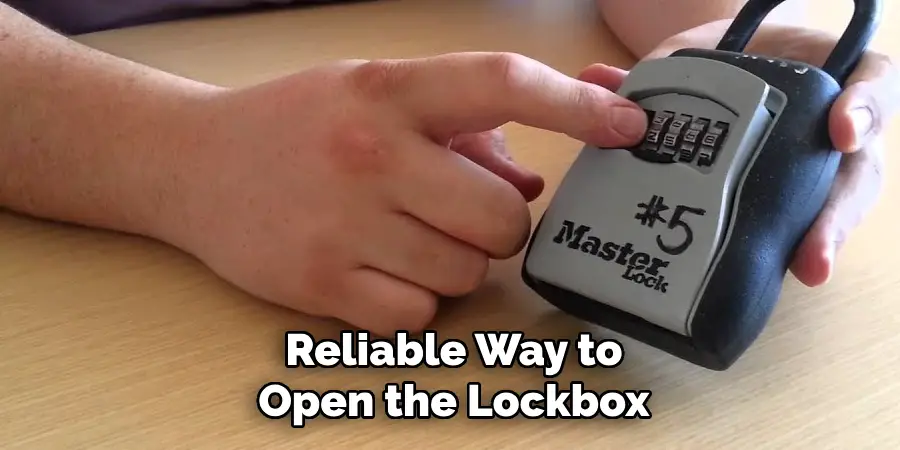
10. Calling a Professional Locksmith
If all else fails, calling a professional locksmith is the most reliable way to open a lockbox without the code. Locksmiths have the tools, skills, and experience to open various types of locks without causing unnecessary damage. They can also rekey or replace the lock if needed. Although this method involves a cost, it guarantees access to your lockbox while preserving its functionality. Professional assistance ensures the job is done correctly and safely.
Conclusion
Opening a lockbox without the code can be challenging, but several methods can help you regain access. Whether you choose to use a shim, lock picking tools, a magnet, or systematic decoding, each method has its own advantages and drawbacks.
Shimming and lock picking require skill and patience, while using a magnet or decoding the combination relies on non-destructive techniques. More extreme measures, such as drilling or freezing and hammering, should be used cautiously and as a last resort. Thanks for reading, and we hope this has given you some inspiration on how to open a lockbox without the code!
